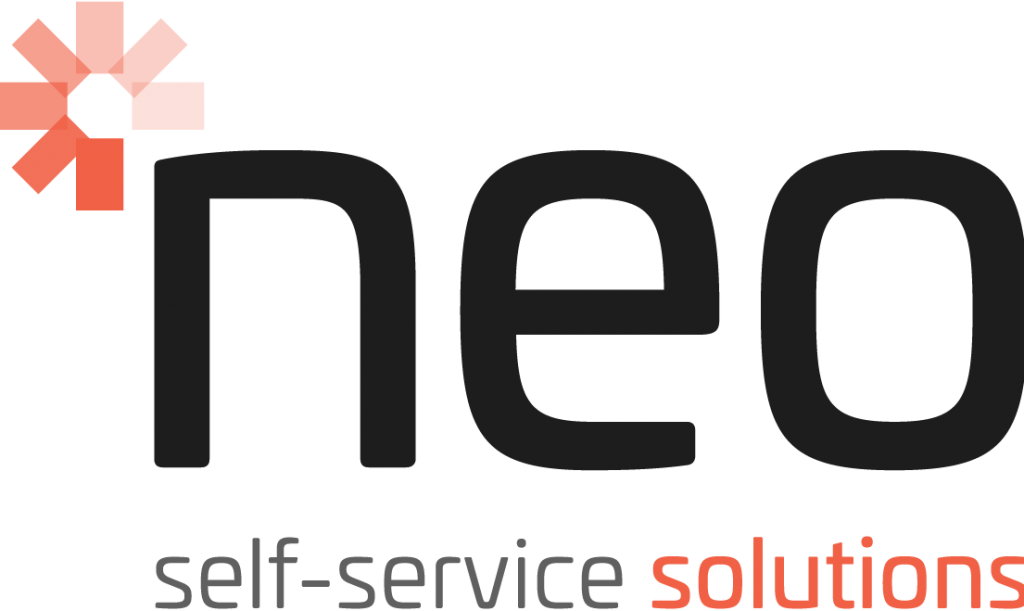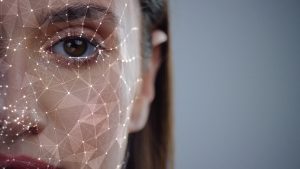Table of Contents
Self-service kiosks provide users with the ability to access information and services without the need for human-to-human interaction. COVID-19 illustrated just how much we rely on human-to-human interaction in our daily lives. Yet, it has also shown us how we can embrace technology and reduce unnecessary human interactions. You can read more about The Future Of Self-Service And Public Space Management on our blog.
Self-service kiosks have been used in the healthcare industry for some time — typically called Medical Kiosks.
Medical kiosks are computerised electronic kiosks. Some function as patient check-in stations at hospitals or doctors’ offices. Other, more advanced kiosks can perform basic diagnostic tests on patients. Most medical kiosks have touchscreens and can be classified as interactive kiosks.
There are two main types of self-service kiosks in the healthcare industry:
- Patient Facing, and
- Professional Data Entry
Patient facing self-service kiosks are for patients to use on their own. This could be as a check-in method, to fill out documentation, and more recently, for telehealth video calls with doctors.
Self-service technology, kiosks especially, may be changing the way we access health care and the privacy issues we encounter from the pharmacy desk to the doctor’s diagnosis. (Kiosk Marketplace)
Professional data entry and hospital kiosks are for medical professionals to enter data about their patients. This is often linked into a centralised database which holds all the patient’s information. In highly advanced healthcare systems like in Australia, hospitals are able to access the information of patients from hospitals from across the country.
Self-service technology as a whole is becoming increasingly personalised and helps deliver a personalised experience. Which helps improve patient experience and patient health outcomes, as happier patients tend to have better recovery outcomes.
The legacy ‘one-on-one’ care delivery model must evolve to include more forms of automation such as telemedicine and kiosk-based healthcare.

The benefits of self-service kiosks in healthcare
There are a number of benefits of healthcare and medical kiosks that focus on 4 key factors:
- Increase accessibility and quality of healthcare for patients
- Streamline administration overheads for the healthcare system
- Improve patient history data entry, access and sharing
- Fewer errors and more accurate accountability
A huge amount of administration, information sharing, and updating goes on behind the scenes in any healthcare setting.
Simplifying patient processes and improving satisfaction allows more time for medical professionals to focus on treating health conditions of patients rather than dealing with administrative downtime.
Using an EMR (electronic medical record), a digital version of a chart with patient information stored in a computer, and an EHR (electronic health record), a digital record of health information, helps us to improve health outcomes.
Data scientists and analysts are able to develop databases that utilise data from patients to provide accurate medical outcomes and predictions. For example, nurses record the blood-pressure and vitals of 10,000 patients who have just received a certain medication and enter that data into the EMR medical kiosk. We can then use that information to better understand the effectiveness and potential side-effects of that medication.
This would be almost impossible without using a medical kiosk.

Self-service medical kiosk features
There are countless features that can be incorporated with medical kiosks. Especially with our custom modular self-service kiosks, you can add in any feature you require to fulfil your needs.
Some key features that are regularly incorporated in medical kiosks are:
- Digital forms – enable patients to self-check-in or fill in relevant forms digitally
- Check-in – using facial recognition or preregistration
- Card reader – for patients to add Medicare, concession and private health data
- Camera – for facial recognition and telehealth video calls
- Payment options – enable patients to pay for consultations
- UV-C Disinfection– Utilises motion sensing technology to disinfect touchpoints – using UV-C is highly effective for sanitising for COVID-19
- IR Temperature sensing– Temperature screen staff and visitors to approve or deny access
- Label Printing– administer labels that identify and provide access to specific areas of a facility
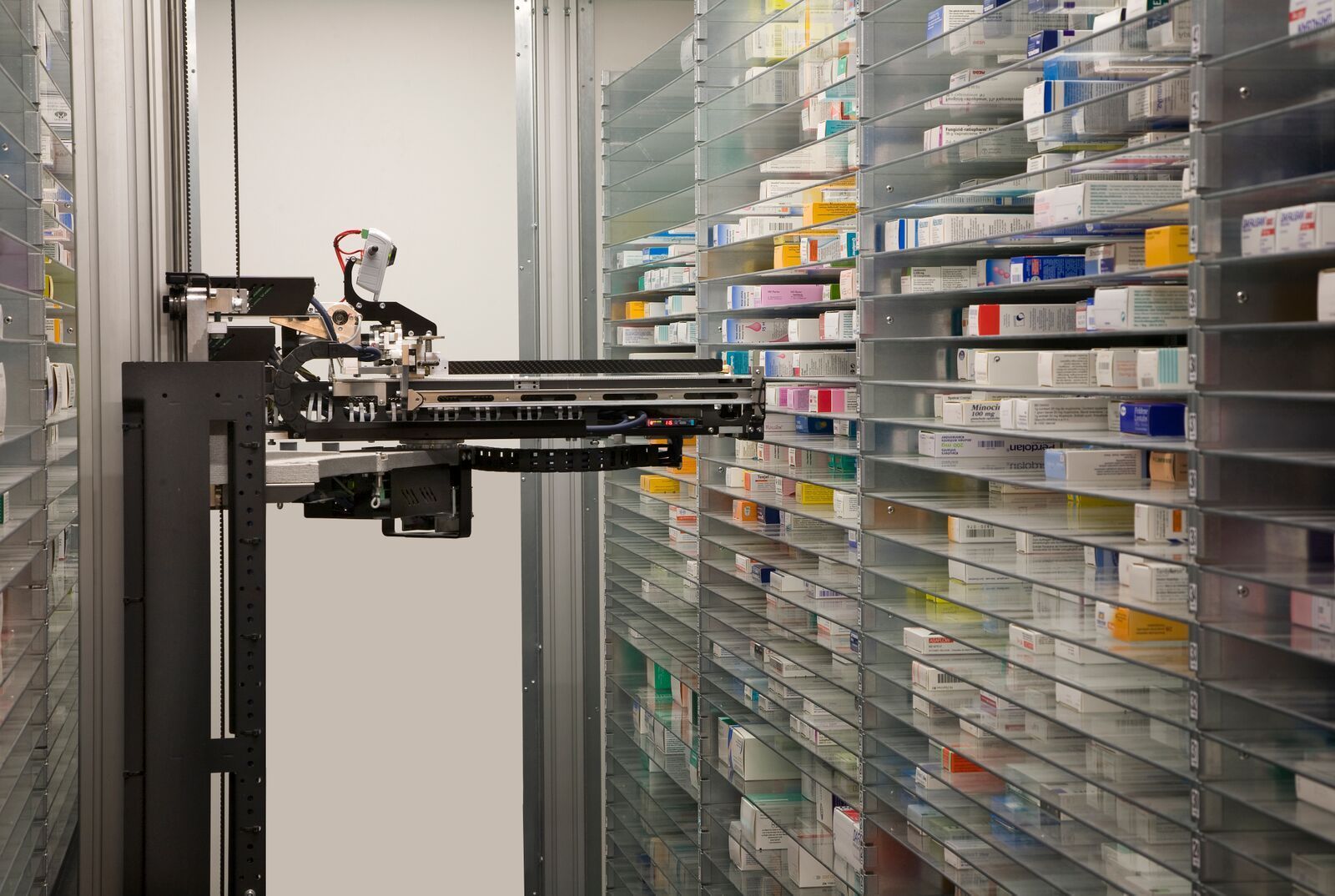
Popular Medical Kiosks in 2021
As a result of COVID-19 in 2020, there has been a shift towards contactless medical services and self-service kiosks. Kiosks have now become part of our everyday lives and they will continue to appear in more places this year. Such as;
Self-service Pharmacy Kiosks
Dispenses medications from patients’ scripts. Robotic dispensing in hospitals is now commonplace in the United Kingdom allowing staff more time to deliver direct patient care and allow for medicine optimization. This is also occurring in community pharmacy, where recent studies have shown that incorporating robotics into pharmaceutical dispensing has yielded positive results.
Telehealth Video Conference Doctor Appointments
Self-service kiosk with a video camera for patients and doctor to have video consultations remotely.
Hospital check-in kiosks
Check-in patients, staff and or guests into a hospital.
Dentist self-service kiosks
Reduces wait times and overheads with dental reception check-in.
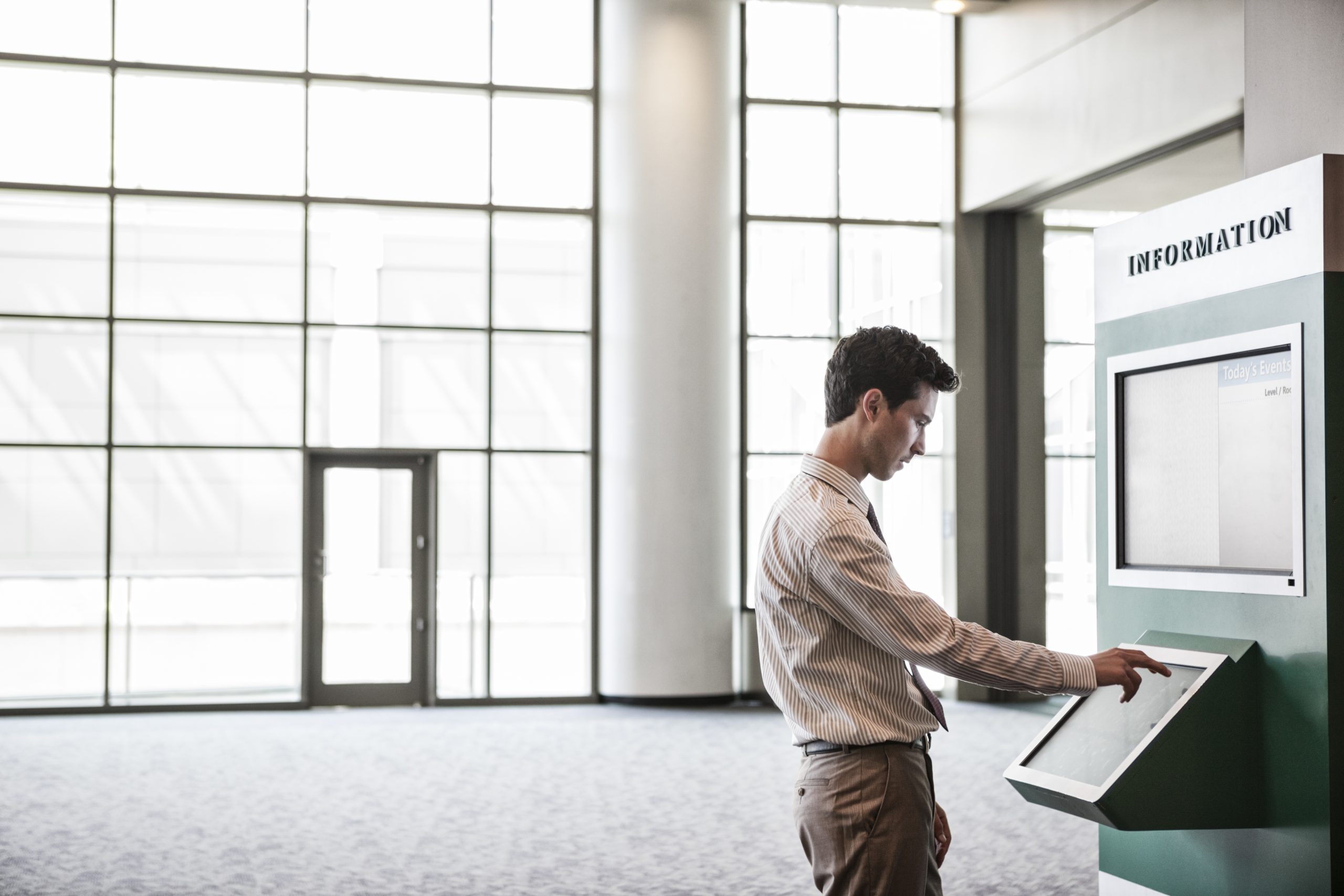
How to use Hospital, Health Care and Medical self-service kiosks
There are a number of different options for self-service medical kiosks, including:
- Checking in patients with a Patient Check-in Kiosk
- Managing patients through a Patient management system, EMR Management
- Visitor and Patient Wayfinding in hospitals and large clinics
- Visitor Check-in (especially for contact-tracing in a global pandemic)
- Employee Kiosk for self-managing HR activities such as pay and leave
- Telehealth and video conferencing
Each medical kiosk has its own user-experience depending on its features and functionality. A simple customer service check-in kiosk at a hospital might ask for basic personal information and medical details such as a healthcare card. Or, it could be as complex as entering notes during neurosurgery.
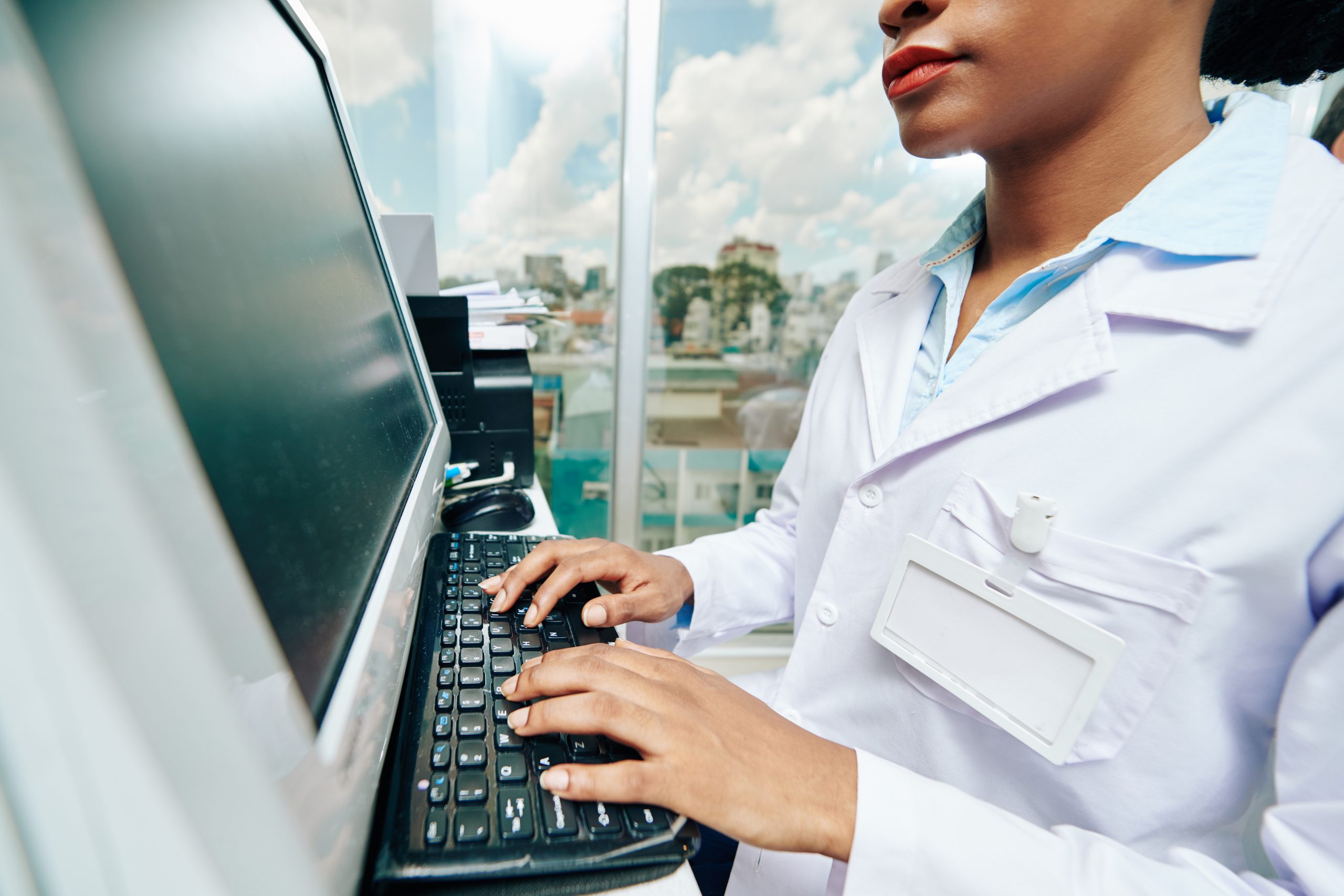
Medical Self-service Kiosks Hardware vs Software
The kiosk’s hardware includes physical elements such as the screen, modules, camera and touchpad. The software is the brains of the machine. Without good software, a medical kiosk can actually hinder operations.
When designing and developing custom self-service kiosks for the medical industry, we start with understanding the needs and requirements of all the end-users. The end-users can be the patient, the doctor and the data analyst.
Our collaborative approach to design has been very successful with a diverse range of clients. From initial concepts and prototyping, through to manufacturing and ongoing service and support, our design, creative and manufacturing capability makes us truly a one-stop-shop.
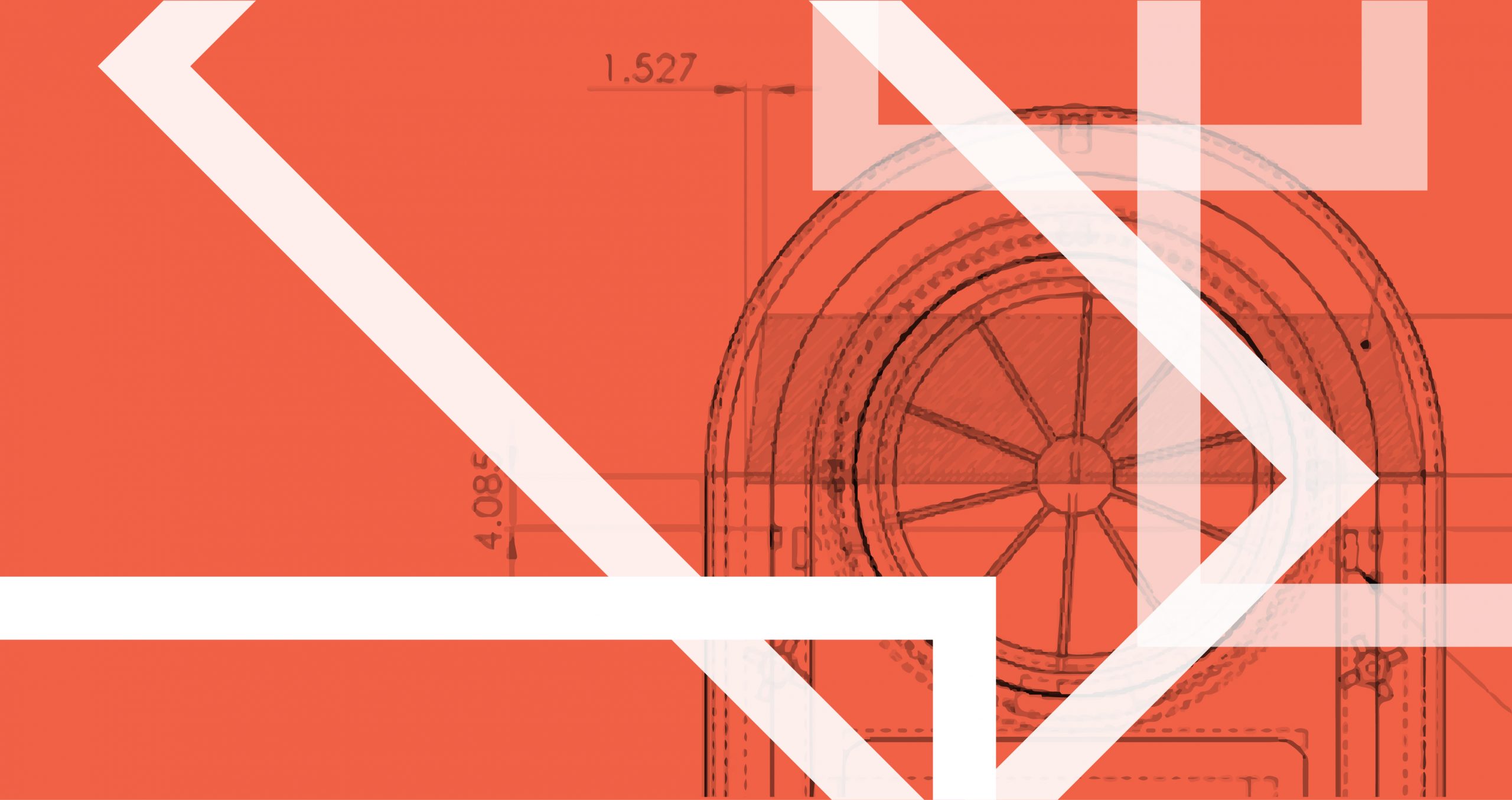
Our Experience with Healthcare Self-service Kiosks
We have an extensive history of working within the Healthcare sector. One recent project was in collaboration with ACT Health, where a self-service reception provided superior patient flow management outcomes. The solution streamlined the administrative duties of the hospital staff and allowed resources to be focused towards providing greater care to patients.
Neo also developed a Secure Administered Medication Inventory Ecosystem (SAMIE). SAMIE technology provides secure, auditable, closed loop pharmacy dispensing, replenishment and drug return that takes controlled drug auditing to a new level of surety.

Hitnet, whose vision is to provide information to isolated communities, and Neo have had a long standing relationship.Together Indoor and outdoor kiosks have been located in isolated communities in Australia, the Torres Strait Islands and Lao to provide health information, to communities which may not have reliable access to the internet. Due to the location of these kiosks they have to be built to last, due to often being many hours from large cities.

Neo have also been working alongside AirVendor, who aim to revolutionise and streamline the process sales representatives use at hospitals. With pre-registration sales reps can seamlessly sign in and out of a hospital, allowing for staff to focus on providing superior care.

Where to buy self-service kiosks for the medical industry
Although there are some off-the-shelf medical kiosks, the most effective self-service kiosks are custom made. Using modular technology as we do, enables us to build from an existing model as well as add in any modules that you might require. The cost of a self-service kiosk depends on a lot of factors but you can read more about that here, How much does a self-service kiosk cost.
Here is our process when building custom self-service kiosks for the medical industry:
- Understand – User research and technical brief
- Design – Concept ideation and iterative design
- User Experience – UX and software design
- Prototype – Rapid prototyping, breadboarding and block modelling
- Refine – Usability analysis and engineering refinement
- Build – Manufacture, deliver and install
- Support – Servicing and updates
This 7-step process allows us to make sure that every detail is covered. Unlike some other consumer-facing self-service kiosks, medical kiosks require a high level of user testing and refinement to ensure nothing gets in the way of medical professionals doing their job.
If you would like to learn more about medical kiosks, please contact us.
